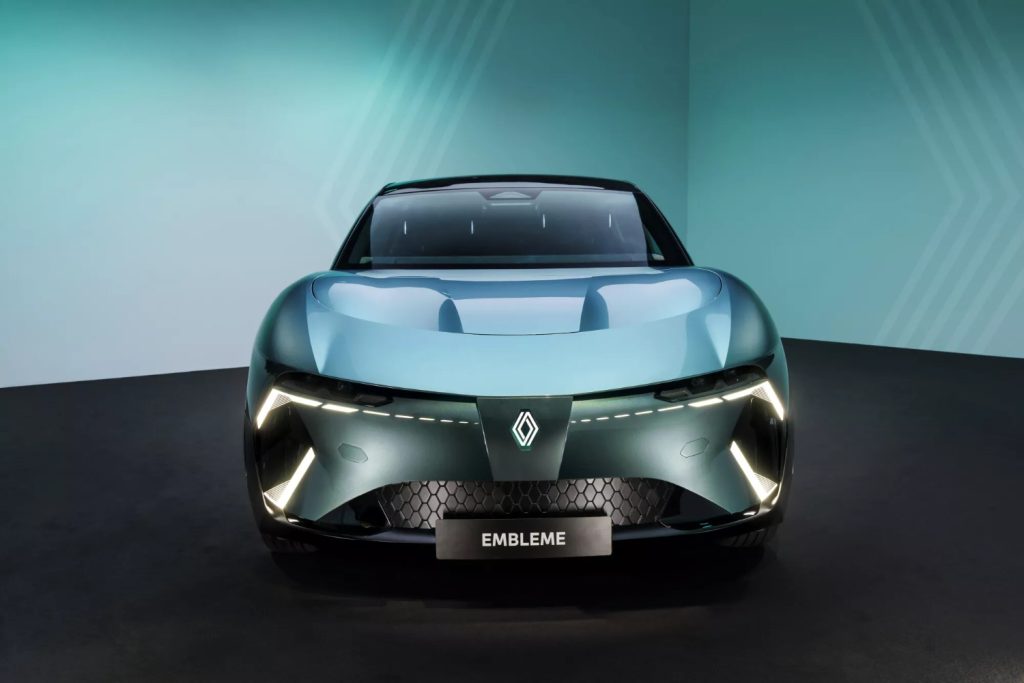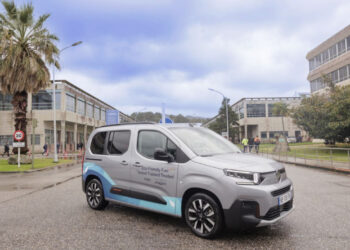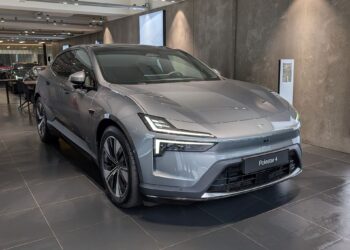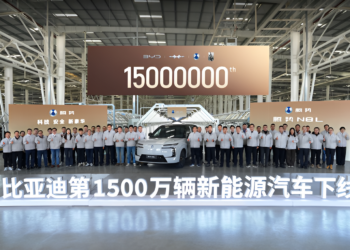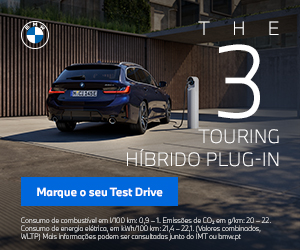Just a few days before unveiling to the public at ChangeNow, an event taking place from April 24 to 26 at the Grand Palais in Paris, France, Renault has once again showcased Emblème, the prototype that marks an important step in the ecological transition of the French brand, and which is a true laboratory on wheels.
Inspired by the Scenic Vision H2-Tech from 2022, this new concept from Renault represents the future of sustainable mobility and is powered by hydrogen, reducing greenhouse gas emissions by 90% compared to an equivalent vehicle built today.
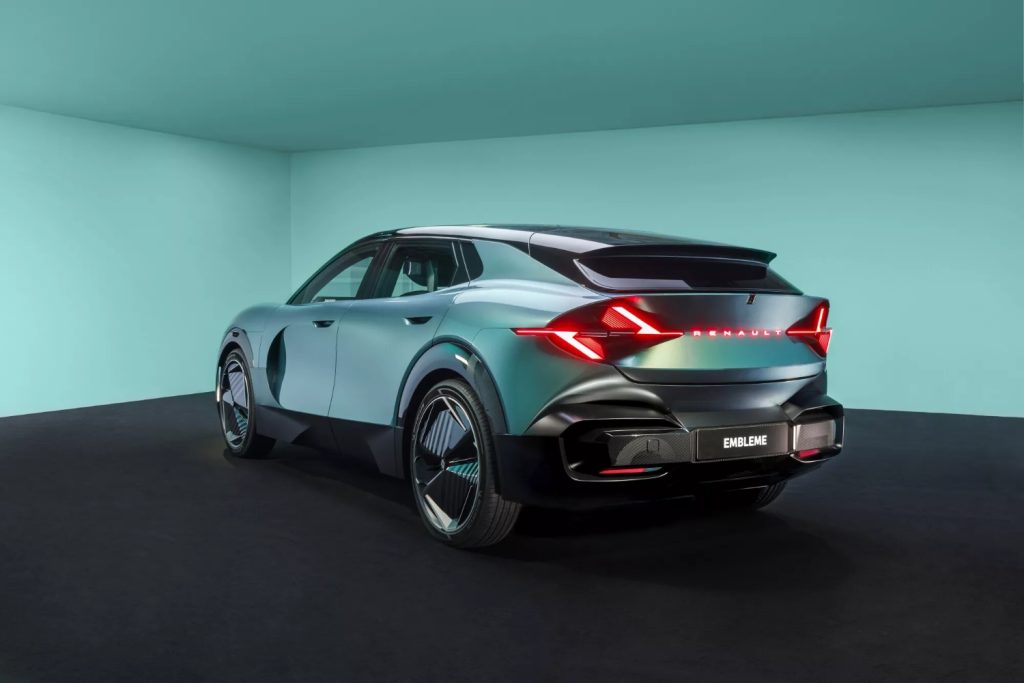
Collaborative project involving the automotive ecosystem
The main challenge of this flagship project lies in the fact that decarbonization has been maximized throughout the entire lifecycle of the vehicle. The project involves more than 20 industrial partners and adopts a collaborative circular economy approach, allowing for about 50% of the materials to be recycled and nearly all to be recyclable at the end of their useful life.
Strict specifications define all the details of the vehicle’s composition with the aim of achieving a 70% reduction in the carbon footprint in the production of steel, aluminum, plastics, tires, glass, electronics, etc.
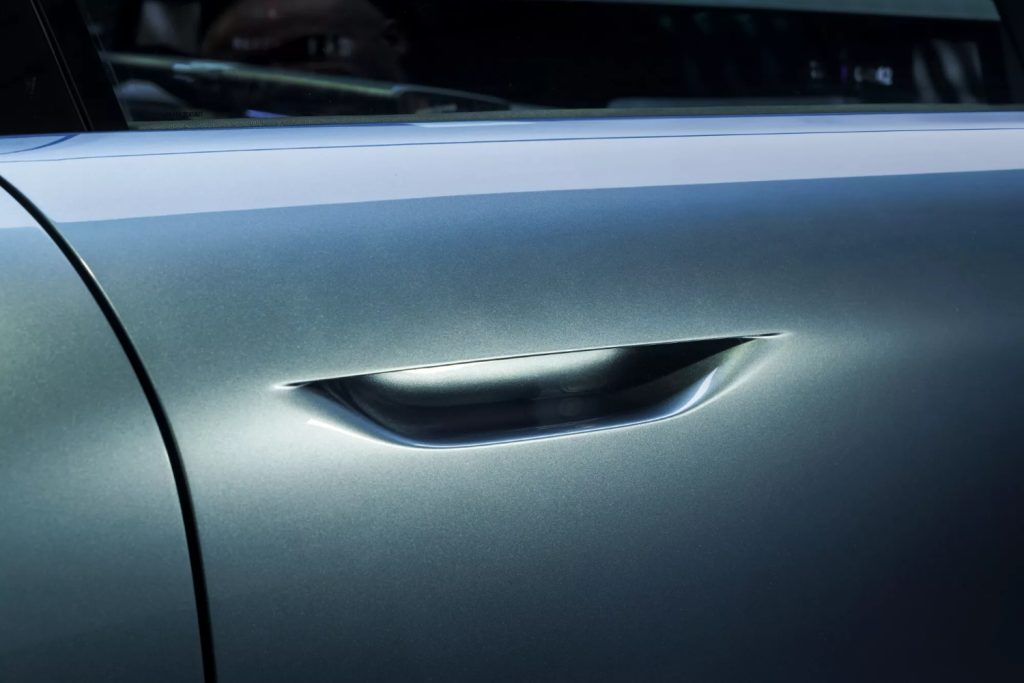
Among the details aimed at reducing weight and using recycled material are the door handles of the Emblème, which were produced by Akwel. These are touch-sensitive handles that feature an eco-friendly design. Extremely favorable to aerodynamics, their optimized design reduced the total weight of the part by 60%. The simplification of the mechanism resulted in a reduction of 50 components, while providing an activation response time of 0.1 seconds for opening. The parts, made from a single material, contain 65% recycled material, contributing to an 88% reduction in carbon emissions. Akwel also designed the electric opening system for the front trunk “Frunk.”
Another highlight of Renault’s rolling laboratory is the doors, produced by Constellium, which used primary aluminum produced by electrolysis with low-carbon electricity, and recycled aluminum from the circular economy, illustrating the long-term circularity potential of aluminum in automobiles.
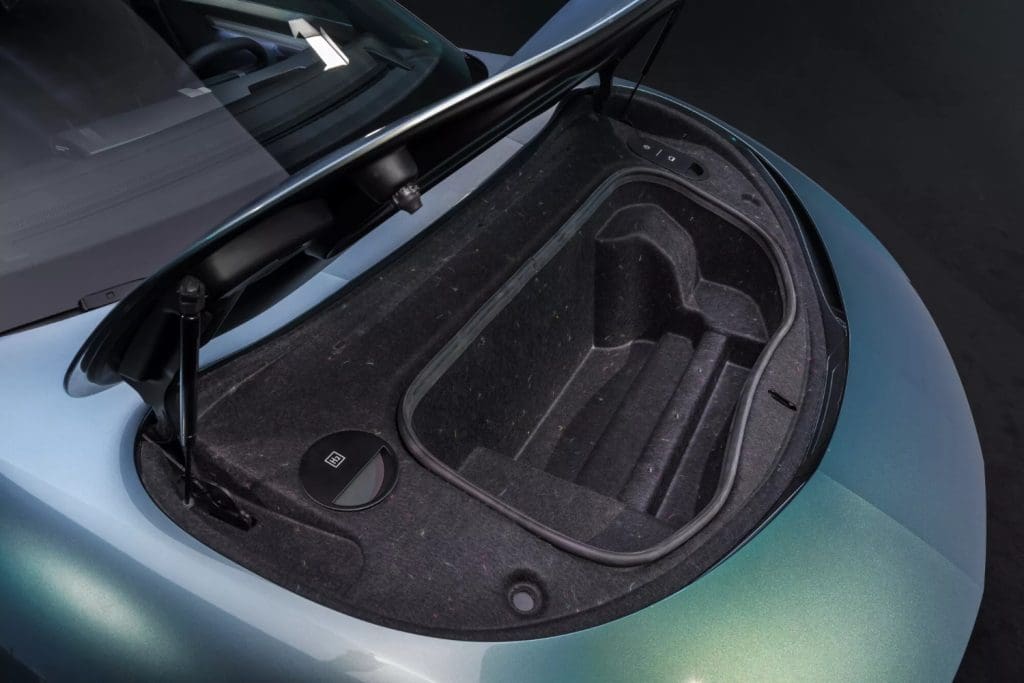
The Emblème is a Shooting Brake measuring 4.80 meters in length, 1.52 meters in height, and has a wheelbase of 2.90 meters. Its design marks a significant evolution from the current stylistic language of the French brand, resulting from meticulous optimization of aerodynamics, crafted to be effective through a more sustainable approach without compromising aesthetics.
In this way, the Renault Emblème features two integrated cameras in the wheel arches that replace traditional exterior rearview mirrors, the windshield wipers are hidden under the hood, and the door handles are electric and flush with the bodywork. Two air intakes on the hood and two vents in the bumper channel airflow to the windshield and behind the wheels, respectively.
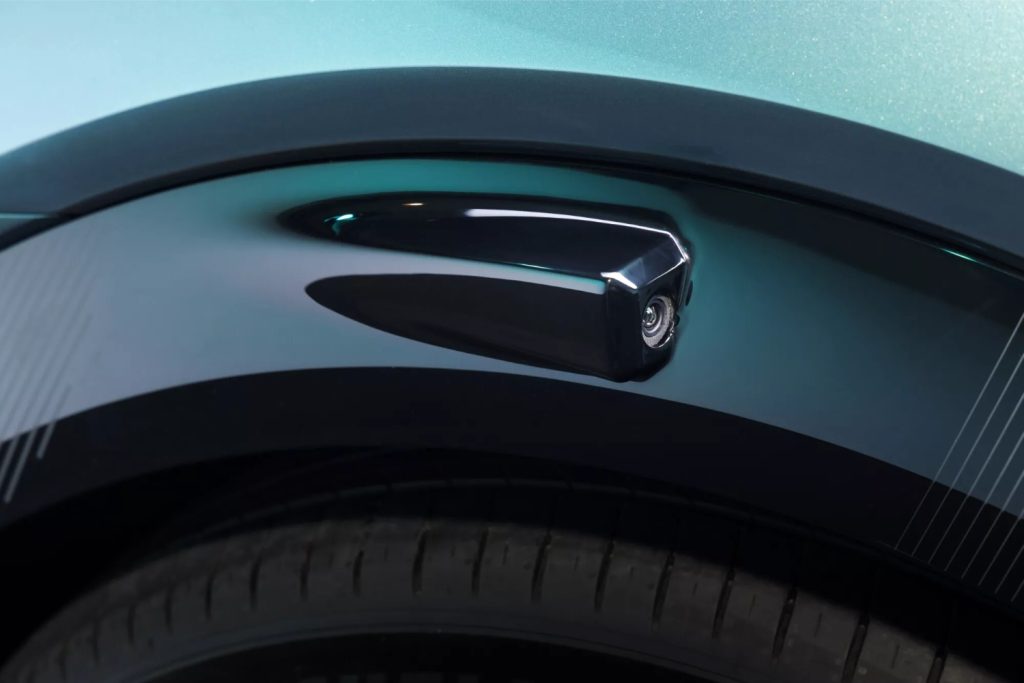
The wheels are full discs, designed to direct airflow along the body. The flat-bottom design inspired by F1 is enhanced by an active diffuser that tilts downwards and backwards to balance airflow and minimize aerodynamic drag. As a result, the Renault Emblème boasts an aerodynamic coefficient of 0.25 Cx.
Dual-energy powertrain
The Renault Emblème is based on the AmpR Medium platform, with a rear-wheel drive architecture that accommodates various components of the powertrain (electric motor, battery, fuel cell, and hydrogen tank), maintaining a low center of gravity and an ideal weight distribution to enhance performance and efficiency.
The Emblème’s 160 kW (215 hp) wound rotor electric motor does not use rare earth materials. It is powered by a 40 kWh NMC battery, which is lighter, cheaper, less bulky, and more environmentally friendly than that of a long-range family electric vehicle. It has a range of several hundred kilometers, more than sufficient for daily commutes. The 30 kW PEMFC fuel cell operates on low-carbon hydrogen, using a 2.8 kg tank, providing the necessary power for long trips, with a maximum efficiency of around 60%.
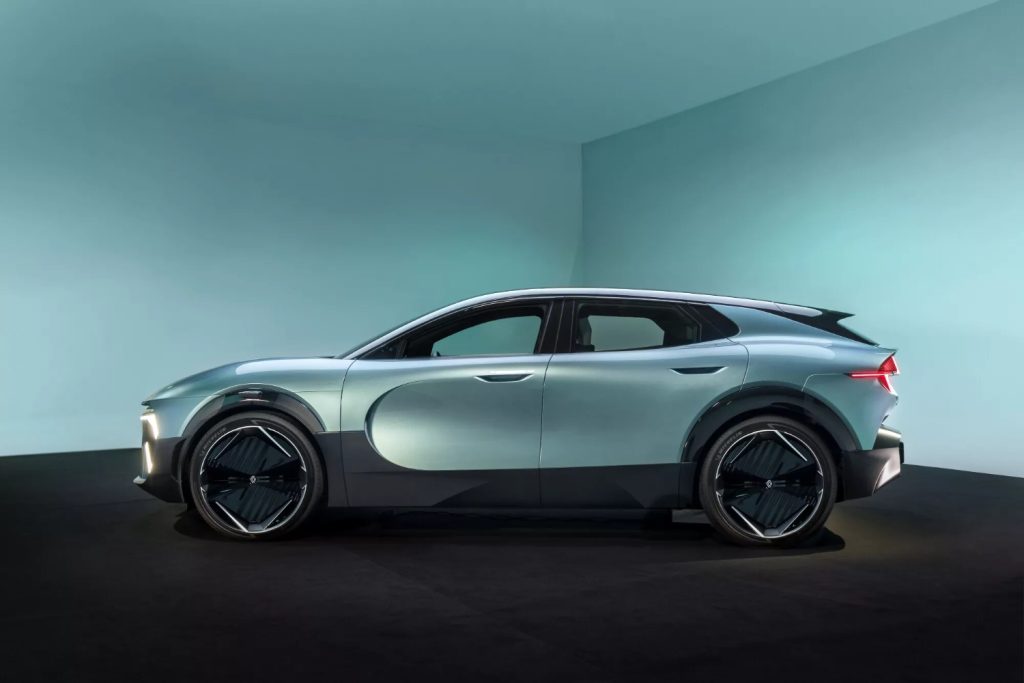
Equipped with this dual-energy electric powertrain, Renault ensures that the system allows for a distance of up to 1000 km, as quickly as a combustion engine vehicle, with only two five-minute stops to refuel the hydrogen tank.
Cabin capable of storing CO2
Inside, the highlight is the enormous instrument panel, produced by Forvia, which used P coatings made from recycled or natural materials, which have the advantage of being able to store CO2.
The contact areas on the door panels and the central console are upholstered in leather made from pineapple fibers, a lighter and more sustainable alternative to animal leather.
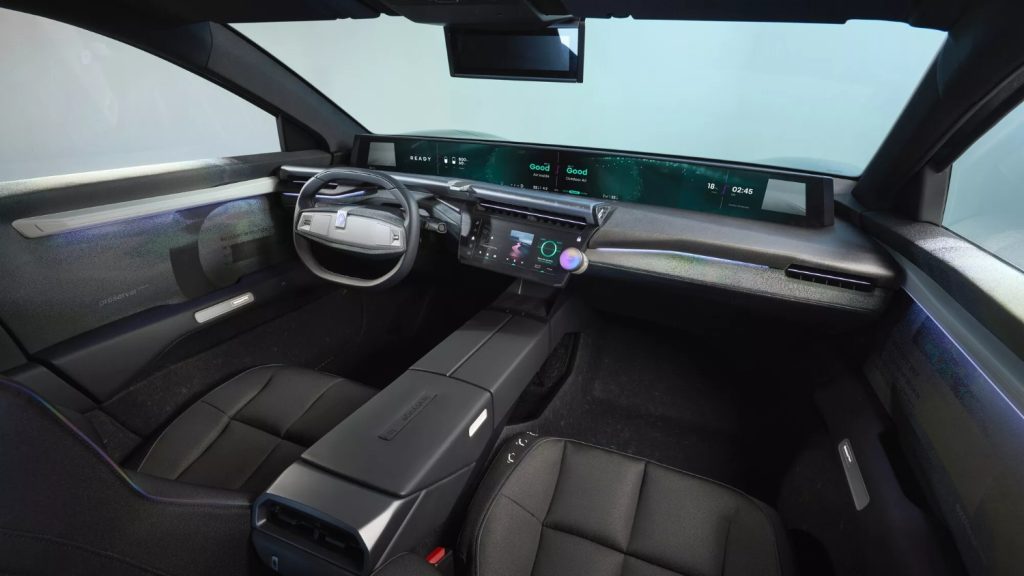
The instrument panel is upholstered in linen made in Normandy (France). This innovative process adds structural properties to the aesthetic qualities of this material while eliminating waste.
For the door inserts and the instrument panel strip, the assembly process has been optimized using innovative solutions that do not require welding or gluing, to facilitate recycling.
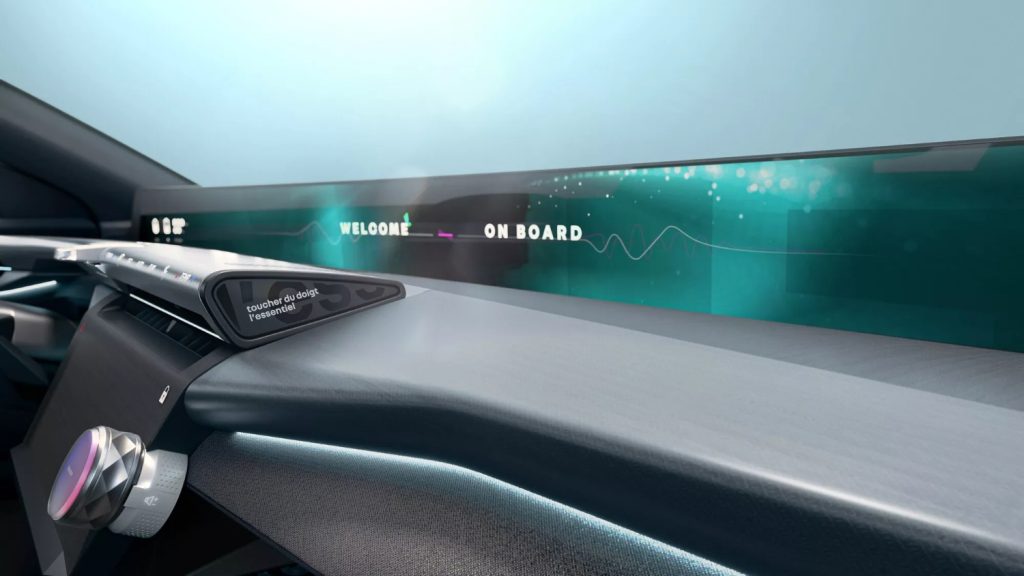
As part of a Shy Tech approach, conventional controls are replaced by buttons hidden beneath the surface (window lifts and central screen), for a minimalist and more durable design.
“The ambition of the Renault Emblème project was to achieve maximum decarbonization through the design of an attractive, efficient, family-friendly, comfortable, high-tech, and versatile vehicle. More than just a concept car, it is a demonstration vehicle that is a pleasure to see, to be in, and to drive – it is a true invitation to travel!”, said Fabrice Cambolive, CEO of the Renault brand.
Contributing to the goal of carbon neutrality, the Renault Group aims to achieve zero emissions worldwide by 2050, with a target for Europe set for 2040.
